Note: This is part 2 of the discussion of amazing experimental laryngeal mask airways. If you have not read part 1, please click here to go to part 1.
However, before going further, I want to share with you a small problem that Dr. Brain faced with his latex experimental laryngeal masks. For a while, Dr. Brain was living in a rented room in the Nurse’s Accommodation. One day he received a note like this :

A little nervously, Dr. Brain went up to the administrator’s office. It seems that the cleaning lady had seen the latex experimental laryngeal masks hung to dry and thought that Dr Brain was making toys of a sexual nature! Fortunately, Dr. Brain was able to convince the administrator that it was all legitimate research.
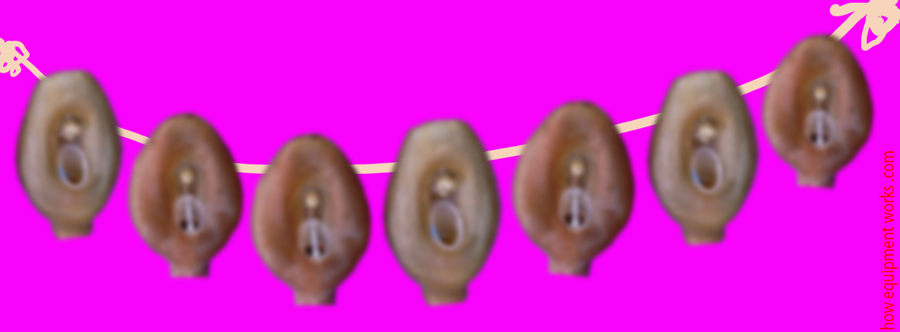
In fact, even later, a similar issue arose. When the laryngeal mask airway was commercially produced, it was coloured pink by the manufacturer to make it look “clinical”. Dr. Brain received a letter from the president of a religious society who condemned Dr. Brain to the ” Fires of Hell ” if he didn’t withdraw the evil product from the market! Thank God, Dr. Brain had enough faith not to listen.

Dr Brain hand-made about 85 latex experimental laryngeal masks. He tried different designs and evaluated them for a variety of characteristics such as ease of insertion, ability to make a good seal and reduced sore throat.
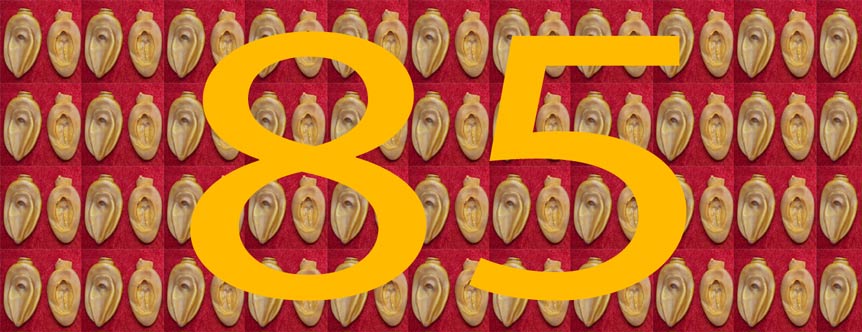
Silicone cuffs
The cuffs made out of latex allowed Dr Brain to experiment with a large number of cuff designs. However, the latex material had its limitations and was difficult to work with. Also, the use of latex did not always result in cuffs that had a uniform wall thickness and smoothness. Dr. Brain hunted for new material to work with and discovered the Dunlop Rubber Company. At the time, this company was making seals for aircraft doors.
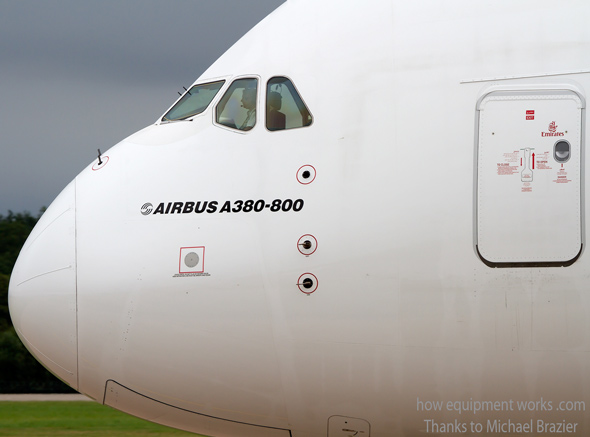
These aircraft door seals were made from a material called silicone, which because of its relative non-reactivity, was also particularly suited for medical applications. The Dunlop Rubber Company had a small medical division and Dr. Brain asked them to make some cuffs made out of silicone for him. Shown below are two examples of the cuffs and since they were made by the Dunlop company, we will call them “Dunlop Cuffs”. As you can see, these were not complete laryngeal masks! Using these cuffs, Dr. Brain would have to painstakingly construct laryngeal masks using his own hands.
At the very beginning itself, there was a problem with the Dunlop cuffs. It has got something to do with the “bowl” of laryngeal masks. Laryngeal masks can have shallow bowls ( blue arrows) or deep bowls ( green arrows).

Cuffs with a deeper, more spacious bowl, are less likely to get obstructed by an epiglottis.
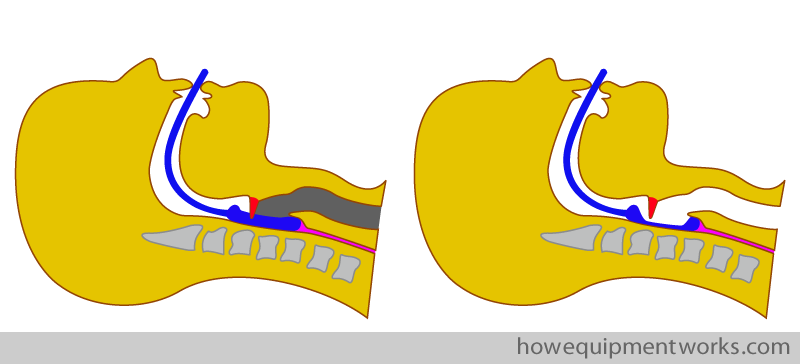
Unfortunately, the cuffs provided by the Dunlop company had very shallow bowls.
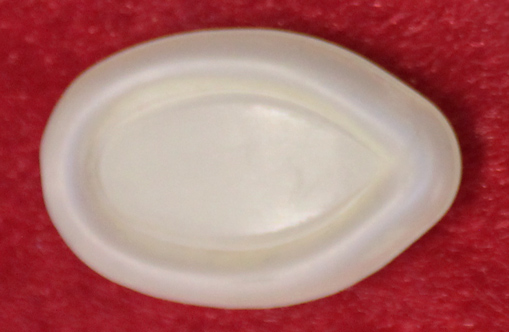
So Dr Brain had to modify these Dunlop cuffs to make the bowls deeper. This was not easy to do and Dr. Brain constructed his own little multi-purpose machine to do this. The image below shows the machine he made. The subsequent images will show how some of the parts work.
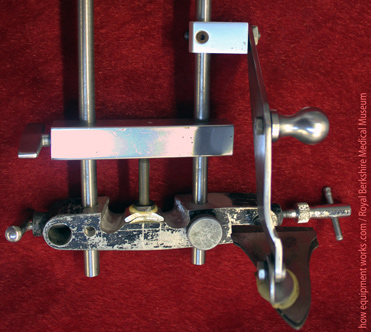
Here is another view of the machine. The “cutter” (labelled 1 in the image below ) was used to punch holes in the cuff ( 2 ). The space between the holes would form the bars of the laryngeal mask (red arrow). These bars help prevent the epiglottis from obstructing the breathing hole.
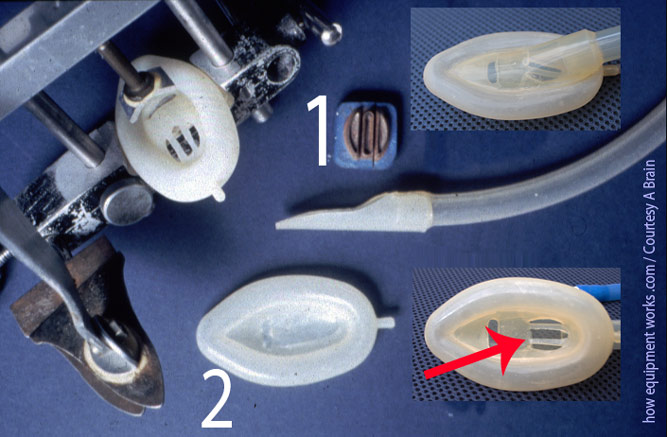
A short length of tubing made of silicone would be clamped between the jaws of the tool labelled ( 1 ) in the image below. Using this tool as a guide, Dr Brain would, with a blade, cut the tube into the shape shown in image ( 2 ). This cut tube would be attached to an endotracheal tube (3).
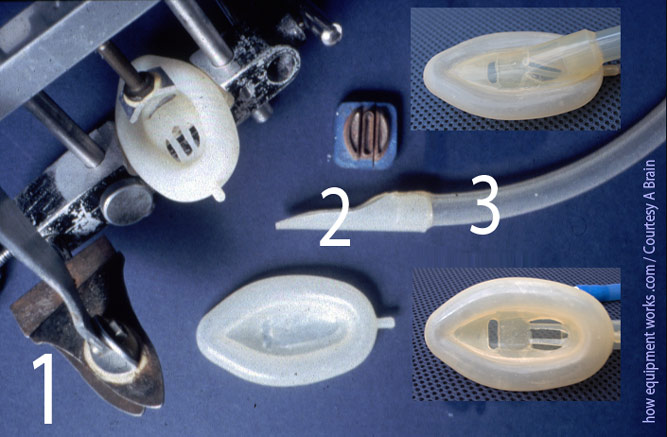
The machine had a specially curved metal plate ( green portion in image A ). The cuff of the future mask and the tube prepared as shown in the previous image, are glued together and placed under the plate (image B ). Pressure is applied (pink arrows) and as the glue dries, it retains the curved shape ( C ). This curve gives the laryngeal mask a nice deep bowl ( D ). The process was quite complicated and Dr. Brain spent countless hours perfecting the technique.

Dr. Brain gave Dr. Nunn ( a very eminent anaesthetist at that time) some experimental laryngeal masks made out of the Dunlop cuffs.

Dr. Nunn used these to do the first independent study on the laryngeal mask airway. Despite having only one size of experimental laryngeal mask (approximately equal to a modern size 3 ), the study demonstrated the ease of use and good reliability of it.
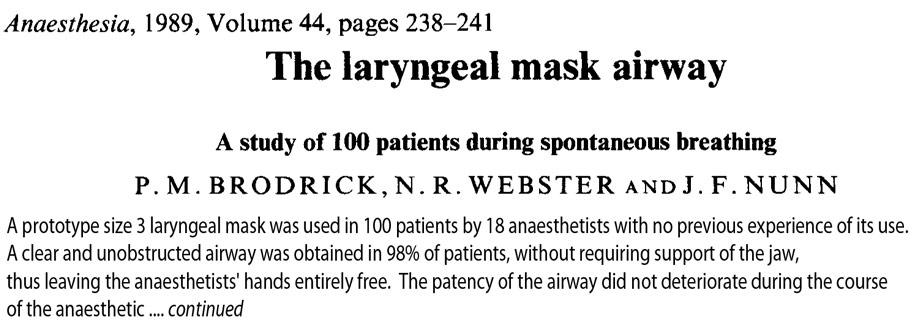
Dr. Brain had to always improvise. For example, he wanted to test paediatric cuffs, but unfortunately, there were no suitably small Dunlop cuffs. So he learnt to make smaller cuffs by cutting away the middle portion of large cuffs and joining the remaining pieces together.

In total, Dr. Brain made about 50 Dunlop silicone experimental laryngeal masks. Just imagine the hard work!

When Dr. Brain started to first use the Dunlop experimental laryngeal masks in patients, the cuffs performed so well that he knew, that after so many years, he was finally not far from the goal of having a device that was ready for commercial production.
Here is a summary image where you can see some of the materials Dr. Brain experimented with. The laryngeal mask airway, shown on your right, was the first commercially available and this was made in a factory using techniques suitable for mass production. For example, the holes in the cuff (and the bars in between) were part of a mould and did not have to be cut out separately.
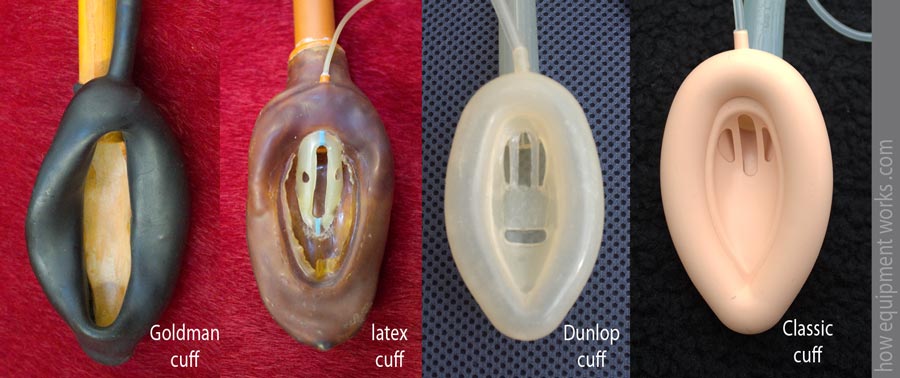

I am the author of this website. Let me tell you about another website I created that you may like. I am interested in psychology, especially how one’s thoughts can affect one’s happiness. I have made a website that explains, in an easy-to-understand way, how one can find happiness by changing how one thinks. The website is called “Happy Thinking”, and you are welcome to benefit from it at the link below. It is entirely free.

The strange dream that came true
Having a “good idea” is only the first step in product development. Converting your idea into a commercially available and clinically used product often takes a tortuous and difficult path. Once an idea is developed and tested, you still need to find someone who is willing to manufacture and market it. You might be surprised to know that initially, no company was interested in making the laryngeal mask! Dr. Brain was struggling to find anyone interested. I suspect that many of those who rejected his idea must have felt foolish afterwards!
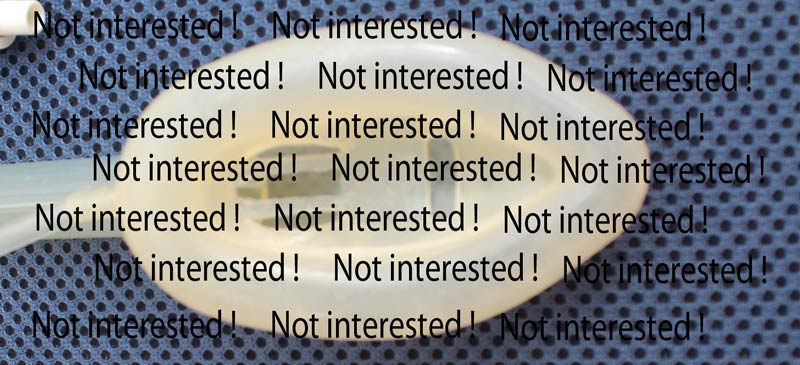
Then one night, Dr. Brain was on call for the maternity ward in a hospital. While in deep sleep ( obviously it must have been a quiet night !) he had a strange dream where soldiers were landing on the Seychelles islands ( remember, Dr. Brain used to work there a few years previously).

It was such a vivid dream that he remembered it well on waking up. Dr Brain had breakfast and made his way to the railway station to go home. There he was shocked to read the following headlines in the morning newspapers ( sorry, I have blurred most of it as I do not have copyright). What he had dreamt that night had actually happened!
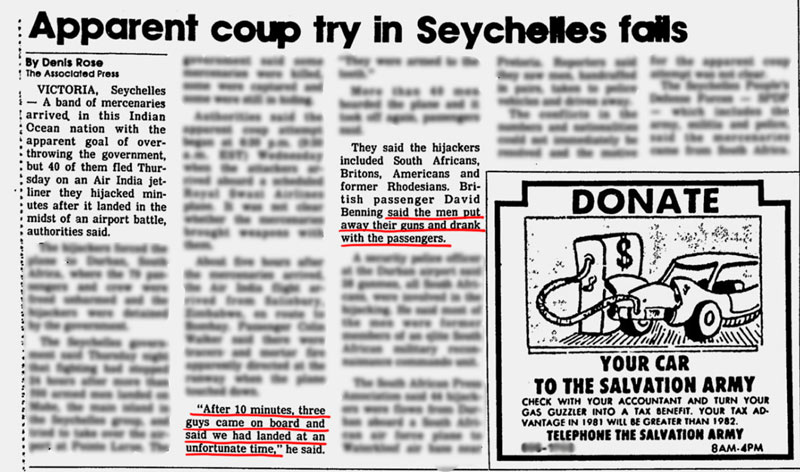
Perhaps this strange incident brought the Seychelles back into Dr. Brain’s mind and he remembered that there was a small factory there that made plastic items. Still, almost in a dream-like state, he contacted the Seychelles High Commission in London. He soon was having a meeting with the High Commissioner ( the highest-ranking diplomat in the office). The gentleman was so interested in Dr. Brain’s idea and the potential benefits to the economy of the Seychelles, that he smoked the cigar in his hand to the very end.
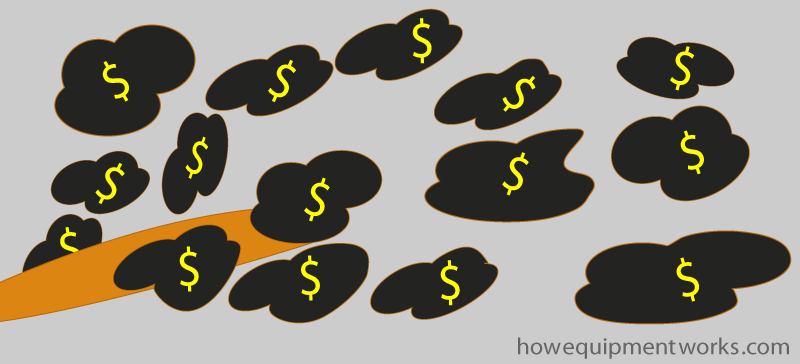
Within two weeks, Dr. Brain was in the Seychelles where he met a visionary businessman, Mr. Robert Gaines-Cooper. While Mr. Cooper had no medical background, he was able to see the future of Dr. Brain’s invention.
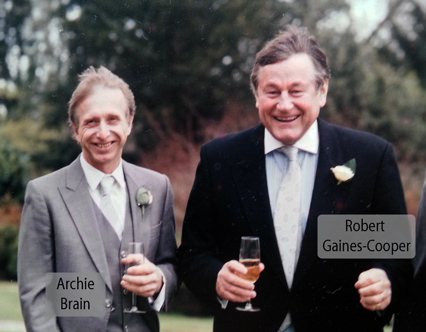
As mentioned before, taking an idea and making it into a commercially viable product is extremely difficult. In the real world, there is a lot of tension between what is clinically desirable and what is commercially desirable. The final design is often a compromise between the various competing requirements.
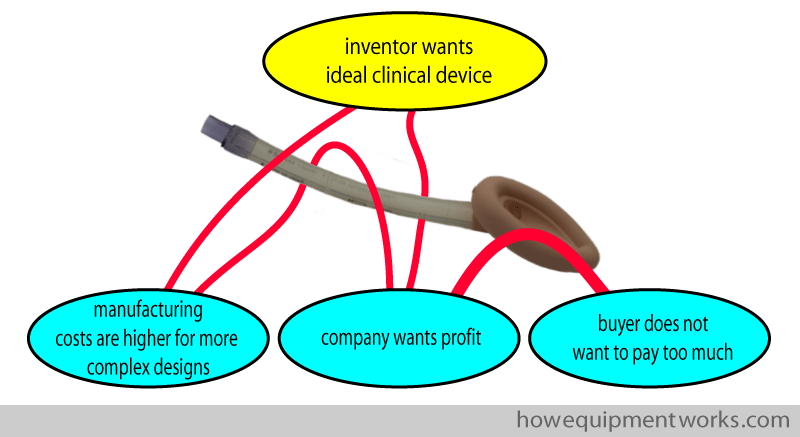
We now return back to the story of the early experimental laryngeal masks.
The Flower Problem: Why laryngeal mask design is much more complex than tracheal tube design
The design of the laryngeal mask cuff was far more difficult than the cuff of a tracheal tube. I like to think that this is due to the “The Flower Problem of the Upper Airway” .

I know you are confused, so let me explain. Look at these flowers.
Flowers come in a large variety of shapes.

However, you will see that while the flowers have all sorts of shapes, the stems all look alike.

The human upper airway is also similar. Like the flowers, human faces (and pharyngeal shapes) are very varied. However, the tracheas are like the stems, they all have a similar shape.

Because most tracheas look the same, designing tracheal tube cuffs is not that difficult. i.e. a simple design will fit most tracheas well.

On the other hand, the area above the larynx (supraglottic area) varies much more from one patient to the next. Also, unlike the trachea, the supraglottic area has the epiglottis and pharyngeal muscles that may behave differently from patient to patient. This variability is what made the laryngeal mask cuff such a tough challenge to design.

It is not practical to have thousands of shapes of laryngeal masks to choose from. Therefore, Dr. Brain worked hard to find the best shape that would fit the vast majority of people.

Dr. Brain was aiming for the ideal laryngeal mask design.

Dr. Brain used both, his great intelligence and practical skills to search for the ideal laryngeal mask. He would first think of an idea. Then he would, using his own hands, build an experimental laryngeal mask based on the idea he thought of. At times, just seeing how the newly constructed mask looked would convince him that the idea wouldn’t work. At other times, the new laryngeal mask would be used on patients. Based on the feedback obtained, he would rethink the original idea, and make another experimental laryngeal mask to test the new idea. This cycle of thinking and testing was done hundreds of times.

To guide him on the correct path, Dr. Brain kept accurate notes and also made a simple scoring system to evaluate each idea ( don’t try too hard to read his handwriting! ).
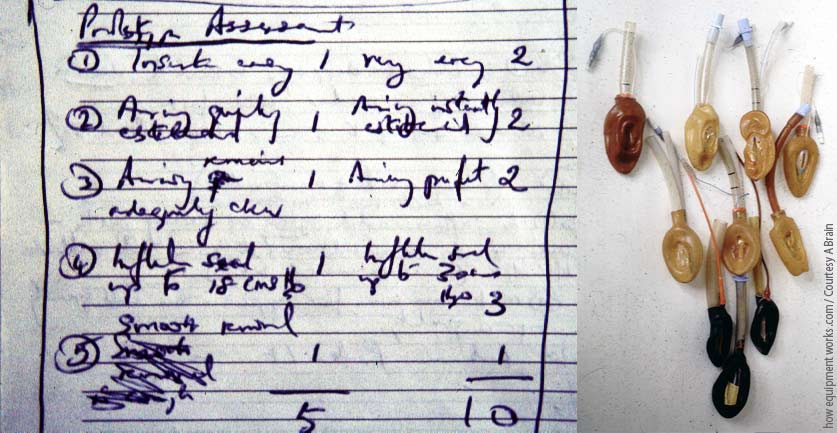
The process of finding the ideal laryngeal mask generated a large number of fascinating experimental laryngeal masks and I hope to share some of these with you. The Medical Museum at the Royal Berkshire Hospital (where Dr. Brain held an Honorary post in the 1990s) has a collection of early experimental laryngeal masks and I arranged to visit it to take some photographs. I was expecting to see only a few experimental laryngeal masks, so I got a huge shock to see that there were boxes and boxes of them!
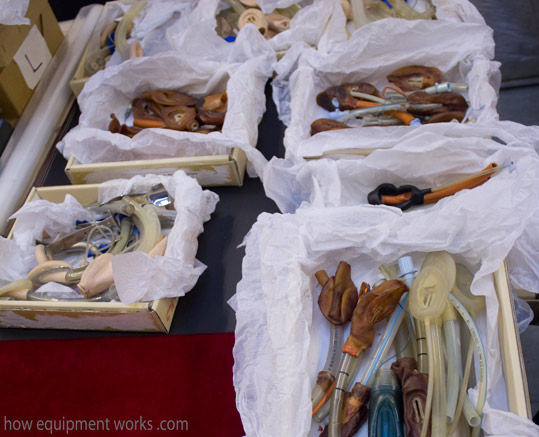
As I live somewhat far away from the museum, I had to leave home quite early in the morning to visit it. Just before leaving, I suddenly realised that I didn’t have a good coloured cloth to use as background material to photograph the experimental laryngeal masks against. So in a hurry, I removed a cover from one of our cushions on the living room sofa and took it along with me to the museum ( my other half was not too happy about this ! ). This cushion cover is bright red, so if you see it in an image, it means that the experimental laryngeal mask was photographed at the Berkshire Medical Museum. The image below shows the red cushion and standing near is Dr. Tim Smith, who organised my visit. By the way, if you work/train near this museum, I strongly recommend that you visit and support it.
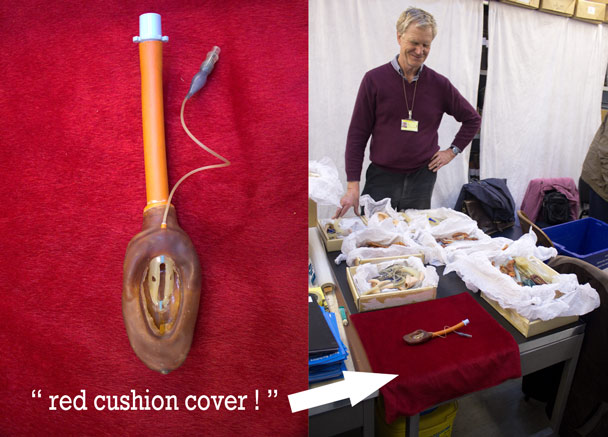
As I show you some interesting experimental laryngeal masks, please always remember that they were painstakingly handmade by Dr Brain himself. Below is a photograph of Dr Brain in front of a messy workbench.

Money money!
As mentioned before, I was fortunate enough to meet Dr. Brain. When he said that he would be picking me up, I expected to see him coming in something like the helicopter shown below. After all, with all those millions of laryngeal masks, he would be expected to travel in style.

The reality was quite different! Instead, I was picked up in this tiny car.

Actually, I of course did not mind at all. After all, I myself drive quite an old tiny car. However, I was curious as to why, after inventing something so widely used in the whole world, was he not a billionaire. It turns out that the world of inventing isn’t always full of riches. Very few inventions that are patented (i.e. legally recorded ideas) actually succeed in making any money.

Early in the development of the laryngeal mask airway, Dr. Brain and a few partners formed a company. He gave the intellectual property (i.e. patents) to the company, and then received a portion of the profits the company made. This arrangement was probably not as lucrative for him as it would have been if he had chosen to receive money for each laryngeal mask produced. Dr Brain preferred to work this way because he could then not get involved with the day-to-day financial matters of the company. Instead of focusing on money matters, he preferred to channel his energies into designing better laryngeal masks and teaching. In 2006, Dr. Brain’s shares were sold and since then, he doesn’t receive any share-related income from the company. Of course, the financial benefits pale into insignificance when compared to the benefits the laryngeal mask airway has made to mankind.
Please click the “Next” button below to read part 3 of our discussion on amazing experimental laryngeal mask airways. Thank you.